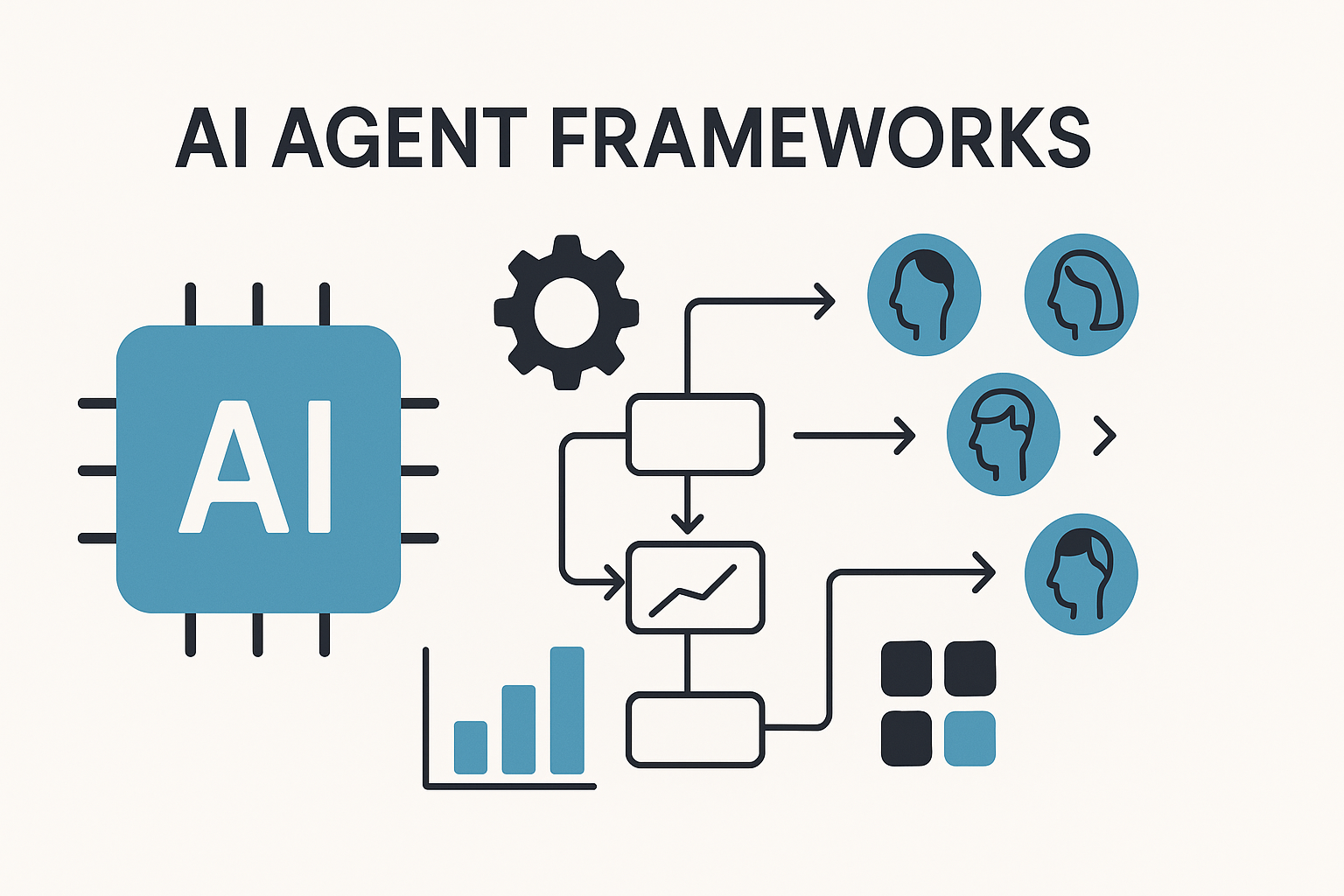machine learning
Machine Learning 2025: Expert Market and Technical Analysis
Machine learning is reshaping industries in 2025, with rapid advances in generative AI, AutoML, and full-stack platforms driving enterprise innovation and competitive advantage.
Market Overview
Machine learning (ML) continues to be a transformative force in the technology sector, with the global ML market projected to surge from $26 billion in 2023 to over $225 billion by 2030, according to Fortune Business Insights[1]. This explosive growth is fueled by enterprise adoption across manufacturing, logistics, finance, healthcare, and more. In 2025, key drivers include the proliferation of generative AI, the rise of automated machine learning (AutoML), and the integration of ML into full-stack data platforms. However, the acute shortage of skilled data scientists and ML engineers—estimated at a gap of 85 million jobs by 2030—remains a critical challenge for organizations seeking to scale AI initiatives[1].
Technical Analysis
2025 has seen significant advancements in both ML frameworks and deployment architectures. Leading tools include MLflow 3.0 for model lifecycle management, PyTorch and TensorFlow for deep learning, and the Snowflake Data Science Agent for scalable data pipelines[4]. The shift toward full-stack AI platforms is notable, with platforms now offering integrated support for data ingestion, model training, deployment, and monitoring. AutoML solutions are democratizing ML by automating data preprocessing, feature engineering, and model selection, reducing time-to-value from months to days[2]. Benchmarks show that AutoML tools can match or exceed human-tuned models in accuracy for many standard tasks, while generative AI models (e.g., GPT-4, multimodal LLMs) are setting new standards in content creation and simulation[3].
Competitive Landscape
The ML ecosystem is highly competitive, with established vendors (Google, Microsoft, AWS) and open-source communities (PyTorch, TensorFlow) vying for dominance. In 2025, the trend is toward platform consolidation: organizations prefer unified environments that support the entire ML lifecycle, from data engineering to model deployment[4]. Generative AI and agentic systems are differentiators, with vendors integrating LLMs and AI assistants directly into their platforms. Compared to traditional point solutions, these platforms offer improved scalability, governance, and collaboration. However, vendor lock-in, cost, and integration complexity remain key considerations for enterprise buyers.
Implementation Insights
Real-world ML deployments in 2025 emphasize scalability, security, and explainability. Enterprises are leveraging AutoML to accelerate prototyping, but production deployments require robust MLOps practices, including version control, automated testing, and continuous monitoring. Edge ML is gaining traction for latency-sensitive applications, while privacy-preserving techniques (e.g., federated learning, differential privacy) are critical in regulated industries[2]. Practical challenges include data quality, model drift, and the need for cross-functional teams with both domain and technical expertise. Certification in ML platforms (e.g., TensorFlow Developer, AWS Certified Machine Learning) is increasingly valued for ensuring best practices and compliance.
Expert Recommendations
For organizations investing in ML in 2025, experts recommend:
- Adopt full-stack AI platforms to streamline workflows and reduce integration overhead.
- Invest in AutoML for rapid prototyping, but maintain human oversight for critical applications.
- Prioritize explainability and governance to meet regulatory and ethical standards.
- Address the talent gap through internal training, upskilling, and strategic partnerships with ML consultancies[1].
- Monitor emerging trends such as agentic AI, quantum ML, and privacy-enhancing technologies to stay ahead of the curve[3].
Recent Articles
Sort Options:

Stellar Flare Detection and Prediction Using Clustering and Machine Learning
The article explores innovative methods for detecting and predicting stellar flares by integrating unsupervised clustering with supervised learning techniques. This research highlights advancements in astrophysics and machine learning, offering new insights into stellar behavior.

Meta-Learning: The Key to Models That Can "Learn to Learn"
Meta-learning, or learning to learn, is revolutionizing AI training by enabling models to adapt swiftly to new tasks with minimal data. This innovative approach promises to enhance flexibility and efficiency in solving diverse challenges in artificial intelligence.

From Development to Deployment: Automating Machine Learning
The article explores the complexities of machine learning model deployment, emphasizing the importance of automation. It highlights how unifying tools and preconfigured modules can streamline the process, making it more efficient and less tedious for developers.

From Reactive to Predictive: Forecasting Network Congestion with Machine Learning and INT
The article explores how machine learning transforms network management by predicting congestion before it occurs. It highlights the shift from reactive to proactive strategies, emphasizing the benefits of using intelligent forecasting to enhance network performance.

7 AI Agent Frameworks for Machine Learning Workflows in 2025
Machine learning practitioners face significant challenges with repetitive tasks, including monitoring model performance, retraining pipelines, ensuring data quality, and tracking experiments. The article highlights the need for more efficient solutions to streamline these processes.

Core Machine Learning Skills, Revisited
Recent articles highlight the enduring importance of core machine learning skills, such as feature selection and model monitoring, amidst the rise of agents and LLMs. The authors emphasize that these foundational workflows remain crucial in the evolving landscape of AI.